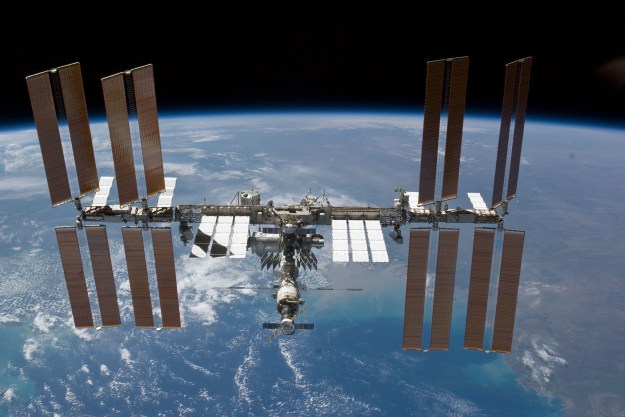Five months after wrapping up its first private mission to the International Space Station (ISS), NASA has confirmed a second one for spring next year.
As with its first private ISS mission, the space agency will work with Texas-based Axiom Space for the second voyage, and also use SpaceX flight equipment to transport the crew.
The precise cost of a place on one of NASA’s private astronaut missions hasn’t been revealed, though multiple news reports suggested that for last year’s trip each traveler forked out an eye-watering $55 million for the once-in-a-lifetime experience.
The four-person crew for next year’s Ax-2 mission has yet to be named, but going by earlier NASA announcements, it seems likely that one of them will be experienced astronaut Peggy Whitson, who took part in a number of Space Shuttle and Soyuz flights. This corresponds with NASA’s recently revised rules stating that for safety reasons, future private missions must be led by someone with extensive flight experience.
The other three passengers will be private citizens almost certainly traveling to space for the first time — and with very deep pockets.
“With each new step forward, we are working together with commercial space companies and growing the economy in low-Earth orbit,” said Phil McAlister, NASA’s director of commercial space. “In addition to expanding access to orbit for more people, we are also hoping these private astronaut missions will help the industry learn and develop the skillset to conduct such missions, and NASA is benefitting from gaining additional capability, particularly with returning additional cargo from the space station.”
Axiom’s Derek Hassmann said the company’s second private astronaut mission “builds upon the success of Ax-1, which demonstrated our team’s ability to work collaboratively with our partners at NASA and SpaceX to plan and execute a complex human spaceflight mission.”
Hassmann said the missions are helping its team to develop its expertise and attract new customers in preparation for the launch of its own space station, Axiom Station, which could take the place of the ISS when it’s decommissioned in 2031.
Next year’s Ax-2 mission is likely to last around 10 days and see the participants working on a variety of science experiments during their stay aboard the station about 250 miles above Earth. Ax-1 was originally scheduled to last 10 days, but poor weather conditions at the landing site off the coast of Florida meant the crew ended up enjoying an extra seven days in space. No doubt the Ax-2 crew will also welcome inclement weather back on terra firma if it means a longer stay in orbit.
Editors' Recommendations
- Watch this astronaut’s ‘space waltz’ on the ISS
- New Nikon camera gear for space station marks end of an era
- ISS private astronaut shares stunning Earth photos
- Watch Axiom Space’s first all-European mission blast off the launchpad
- SpaceX needs good weather for Wednesday’s crewed launch. Here’s the forecast


